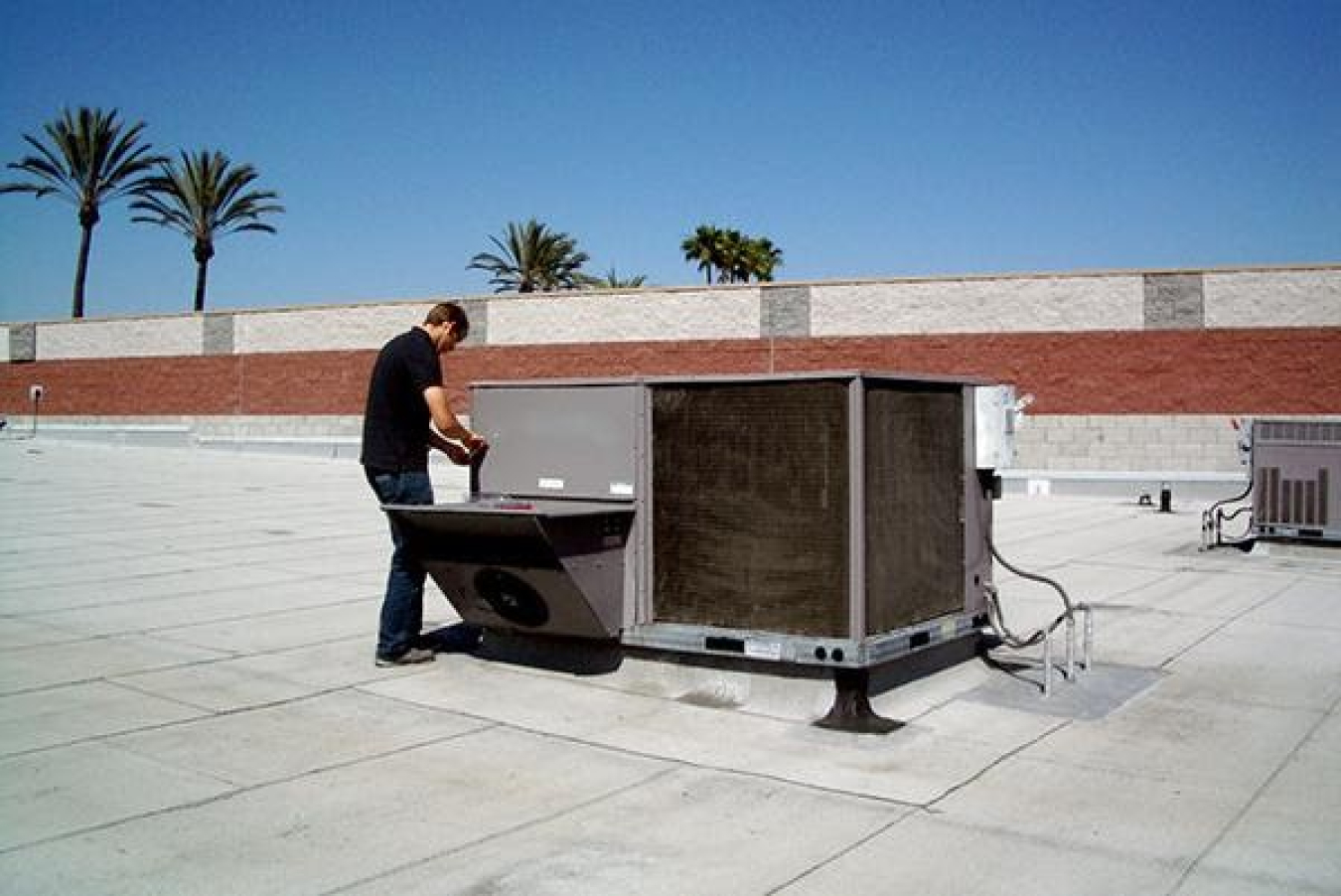
Commissioning is the process of thoroughly verifying and proving that building systems are installed and operating according to the criteria in the original design and engineering documentation. This process is performed on both new and existing buildings, but may be revisited over time if building energy or thermal comfort performance is not meeting expectations.
This process can be conducted by a commissioning authority or qualified facilities team. Commissioning of the HVAC systems often uncovers faulty equipment and mistakes that waste energy and adversely impact indoor air quality and comfort. Past projects completed in schools found short payback (1-3 years) from conducting commissioning, often from correcting faults associated with the HVAC equipment and control. HVAC systems that have air economizers and demand controlled ventilation (DCV) should be checked for proper functioning of outside air dampers and controls. Operation schedule and setpoints of HVAC systems should be checked to make sure that the equipment is set to run in accordance with occupancy.
A top priority recommended by the CDC and ASHRAE for safe reopening of schools is to make sure that HVAC and exhaust fans are functioning properly. Currently installed equipment should be verified that they are providing adequate ventilation to meet minimum outside air requirements. As part of the verification process, schools should consider upgrading to using MERV 13 air filters in their HVAC systems, and improve fit to minimize filter bypass. Facilities should conduct a walk-through and look for blocked air registers, to make sure that ventilation air is being delivered to occupied spaces. Proper functioning of exhaust fans is important to remove contaminants from indoor air, especially when used to create isolation rooms or to exhaust air from bathrooms and locker rooms.
Featured Better Buildings Solutions
- Parkway West High School in Chesterfield, Missouri, conducted a retro-commissioning study that suggested performance and indoor quality upgrades. After building improvements, the project achieved an annual energy savings of 27 percent and an annual cost savings of $98,600.
- Santee Education Complex was selected by the Los Angeles Unified School District (LAUS) to undergo a comprehensive audit after it was identified as the second highest energy-consuming facility in the district. As a result of recommissioning building systems and installing energy conservation measures, the facility achieved an energy savings of 29% and cost avoidance of $226,000.
Additional Resources
- EPA’s Tools for Schools provides a checklist for facility managers or other staff to systematically assess ventilation equipment performance and identify deficiencies.
- PNNL Building Re-tuning is an approach to detect energy savings opportunities and implement low-cost changes for buildings with and without building automation systems (BAS). Online training materials and publications are available to guide schools and other building types to improve both energy performance and occupant comfort.
- UC Davis Western Cooling Efficiency Center Testing, Adjusting and Balancing HVAC Systems: An Overview of Certification Agencies describes the benefits of using a certified contractor to verify, test, and adjust HVAC systems to make sure that equipment are functioning properly.

